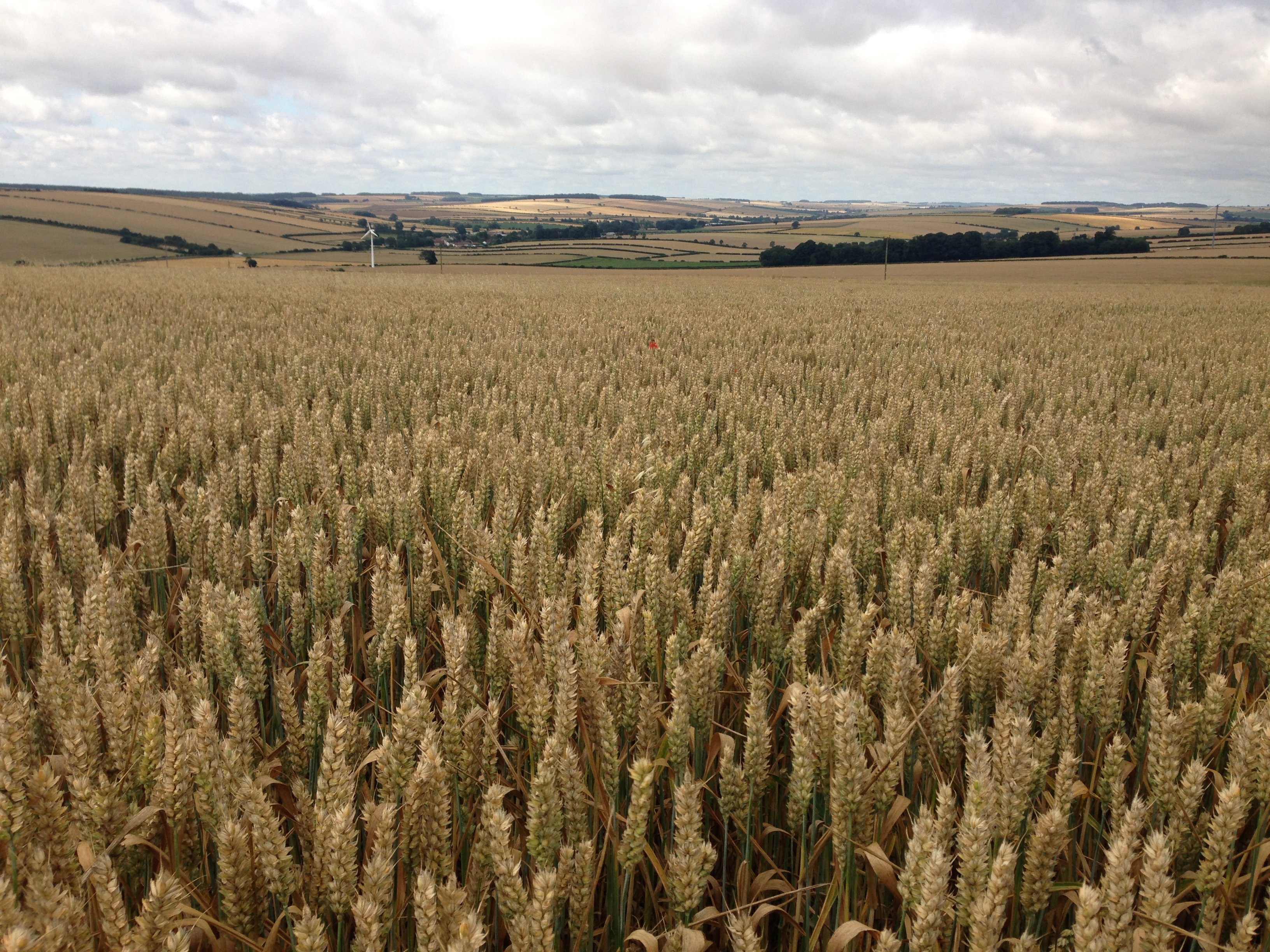Wheat Values Decline
Posted by Anderson Grain Marketing on Apr 8, 2014 in AGM News | 0 comments
After an absence of a grain report last week due to the discussion of next seasons OSR seed options there is two weeks’ worth of market information to get through which is ultimately behind the significant decline to both old and new crop values.
Feed wheat for spot collection is currently in the region of £167/T ex-farm after topping more than £175/T a fortnight ago. £170/T ex-farm could probably be negotiated for early summer collection at this stage.
Feed barley values have also declined with current values for spot collection in the region of £135-138/T ex-farm depending on movement requirements.
As for new crop values, feed wheat for as available collection has retreated back to £145-7/T ex-farm after reaching £155/T ex-farm at the beginning of last week. For those of you looking to achieve the benchmark £150/T ex-farm, November/December collection would be a realistic option.
Predominantly responsible for the decline in values is the release of the quarterly grain stocks update from the US Department of Agriculture (USDA). In summary, maize corn stocks are around 30% higher than they were this time last year, the majority of which are still available on farm. As for wheat stocks, availability is generally in line with trade expectations and whilst the supply and demand situation is fairly tight, maize corn availability more than compensates for this.
Simultaneous to the above was the release of the ‘prospective planting intentions’ for the upcoming 2014-15 trading season, again from the USDA. 55.8 million acres worth of land is believed to be drilled with wheat whilst 91.7 million acres worth of land is expected to be drilled with maize corn – 4% lower than last year’s crop but the fifth largest maize corn acreage since 1944. Both appeared to be optimistic against what the trade was initially expecting – hence the added pressure to values this week.
Meanwhile, cooler, wetter weather over in south-west America is believed to have “greatly benefited” developing winter wheat crops there following initial concerns that on-going dry weather could be damaging yield potential.
A wetter forecast has also benefited Eastern parts of Europe, particularly Germany where ‘plentiful rainfall’ is forecast for the next fortnight.
North-eastern areas of France are also said to have benefited from a wetter forecast, particularly given the current maturity of winter crops there. 90% of the crop is now “beginning to display an ear of at least 1cm; this was just 18% by this time last year”. Good progress has also been made with spring drilling and 98% of this year’s spring barley crop is now in the ground – and in prefect timing for this weekend’s wet weather.
